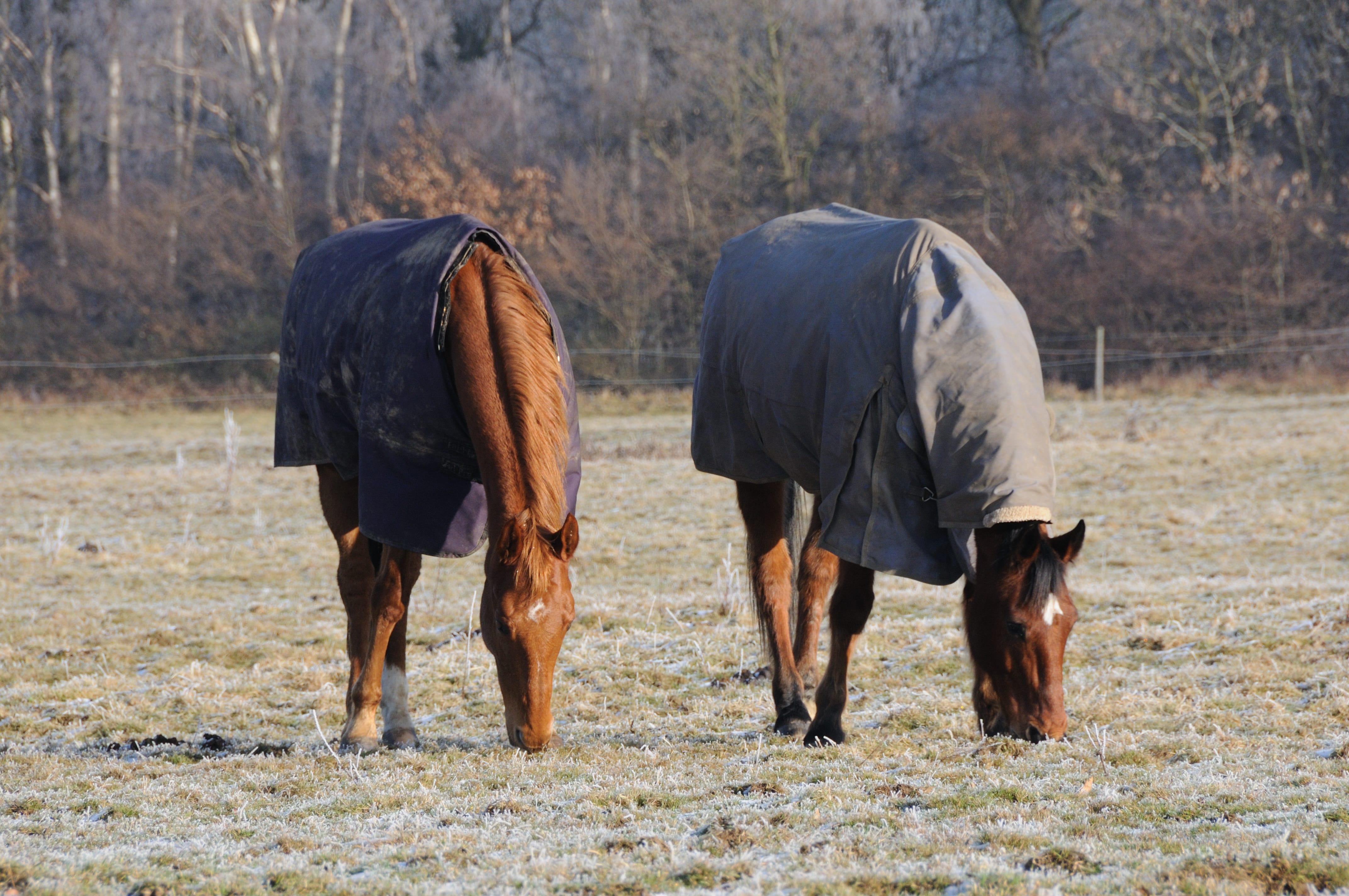As horse owners, winter throws all sorts at us – terrible weather, diminishing grass quality and limited grazing can mean that maintaining your horse’s health and condition over winter can be a challenging task.
There are 5 key battles to deal with when it comes to winter feeding;
1. Compensate for the cold weather
The great thing about forage is that when it is broken down in the horse, heat is generated as a by-product. Increasing the amount of hay or haylage that you offer throughout the winter not only helps to compensate for when the grazing diminishes (it is recommended that horses eat 1.5% of their bodyweight in forage per day) but you can also help to warm them gently from the inside and therefore help to reduce amount of calories burnt to maintain core body temperature.
2. Look after your horse’s hooves
Make sure you are supplying all the nutritional building blocks to help build strong and healthy hooves. A high quality, complete feed should have effective levels of biotin, zinc and methionine already incorporated but if you are not feeding up to the recommended rates, you can top up with a high specification balancer to increase the overall value of the diet.
3. Support the immune system
Horses benefit from extra support over winter to help reduce the risk of health issues like colds. Adding a high specification balancer is a really good way to help to support the immune system if your horse isn’t getting the correct nutrition from the rest of his diet. Go for a balancer which has high levels of vitamin e (at least 1,600mg/kg) for a powerful antioxidant support.
4. Increase water intake
A lot of horses would rather go thirsty than drinking icy cold water, so try and encourage your horse to drink by offering room temperature water at some point each day if you can. You can also maximise water intake at every feeding opportunity by adding really well soaked and sloppy sugarbeet pulp.
5. Coping with weight loss
There are a few ways to tackle this, depending on personal preference. The obvious choice is to increase the volume of your current hard feed in order to provide more calorific value. If you don’t want to increase the volume of concentrates you offer, you could switch to a feed that has a higher digestible energy value (on the bag it appears as DE MJ/kg). Most ‘conditioning’ feeds should be dense in slow releasing calories, which help to promote body weight without causing excitability.
You can also add your own calorie boost on top of the existing diet; this can be done by adding your own choice of oil to your horse’s feed or using a manufactured pelleted calorie supplement (which are usually oil based).
Winter will always be a challenging time for horse owners but from a nutritional point of view, preparation is definitely key. Monitoring your horse’s weight is a key indication of when to start making some adjustments. By taking fortnightly pictures of your horse, you can compare the differences in bodyweight as time goes on and help to monitor fluctuations before they may become a problem.


